Garlic with black hair is generally not recommended for continued consumption. The blackening of garlic cloves may be caused by mold or oxidation, posing a food safety risk. However, garlic cloves with slight oxidation discoloration may be used for a short period of time after removing the discolored parts. The most common reason for garlic to turn black is improper storage leading to mold growth. Moist environments are prone to the growth of mold, which may cause black spots or overall blackening on the surface of moldy garlic, accompanied by a moldy smell or a softer texture. Harmful substances such as aflatoxins produced by mold are resistant to high temperatures and cannot be decomposed by ordinary cooking. Consuming them may cause gastrointestinal discomfort and even liver damage. If black mycelium or signs of decay are found inside the garlic cloves, they must be discarded whole.
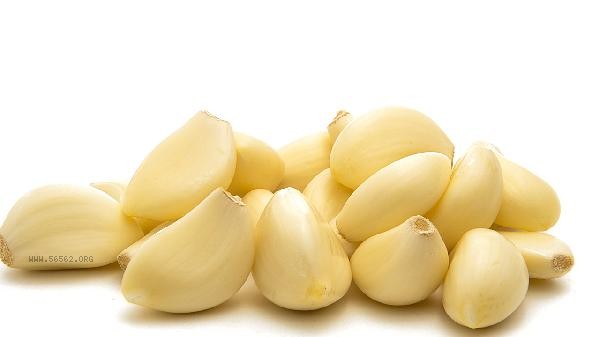
In rare cases, the blackening of garlic heads belongs to non moldy oxidation. After the sliced garlic cloves come into contact with air, allicin may react with oxygen to produce blue or black sulfides, which is more pronounced in acidic environments. If the garlic bulb only has a slight discoloration on the surface, no odor, and a hard texture, it can be used as soon as possible after peeling off the discoloration layer. However, the flavor and nutritional value of oxidized garlic have decreased, and it is not recommended to store or eat it raw for a long time.
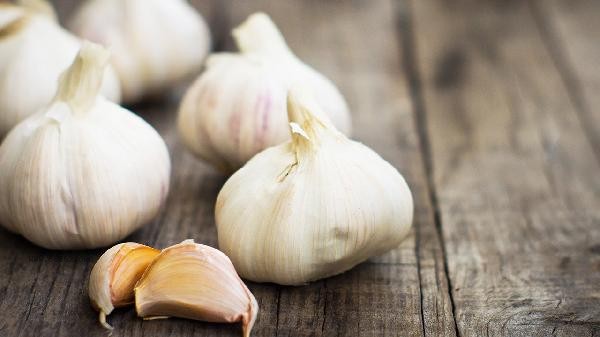
Garlic should be stored in a cool and ventilated place for daily use, avoiding moisture and high temperatures. The intact and unpeeled garlic cloves can be hung for storage, while the peeled garlic cloves should be sealed and refrigerated before use as soon as possible. If garlic turns green or blue after cooking, it is a normal chemical reaction, but if black mold spots or a rotten smell appear, it should be stopped from consumption. Special populations such as immunocompromised individuals, pregnant women, and children should avoid consuming any discolored garlic to prevent the risk of food poisoning.
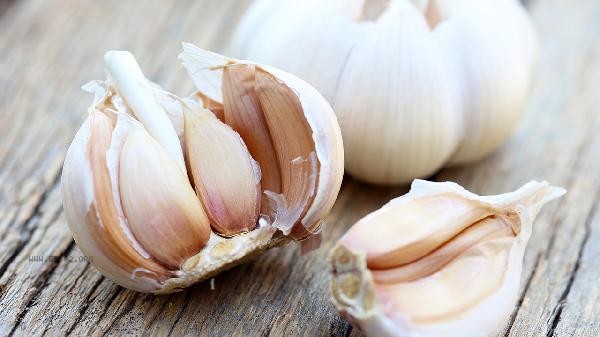

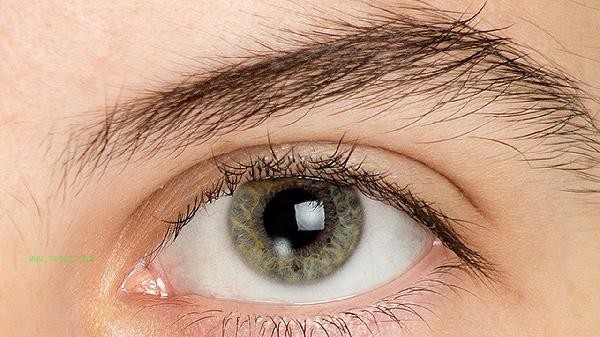

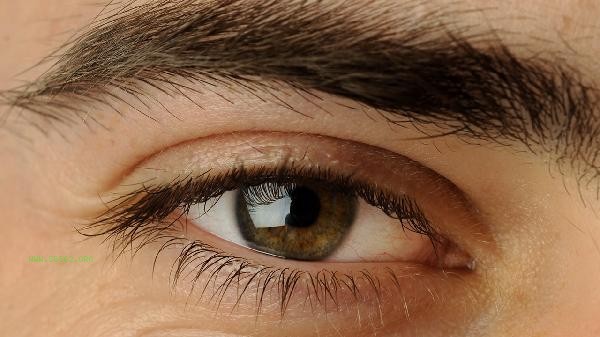
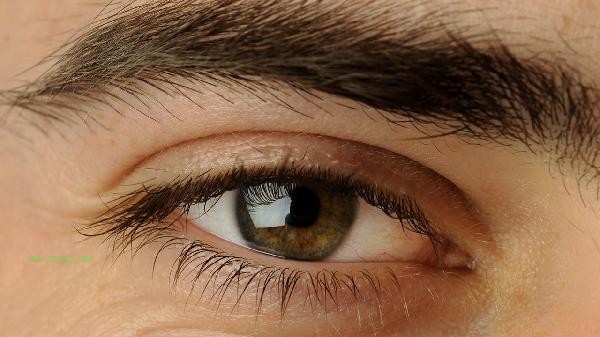



Comments (0)
Leave a Comment
No comments yet
Be the first to share your thoughts!